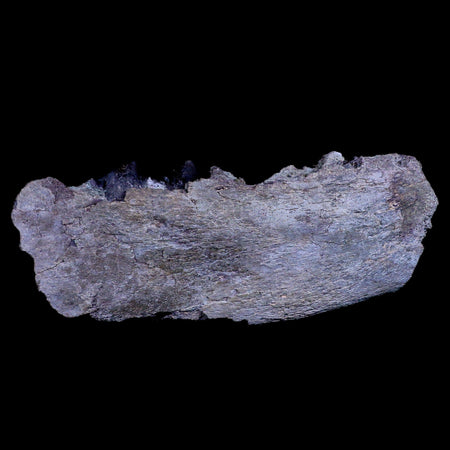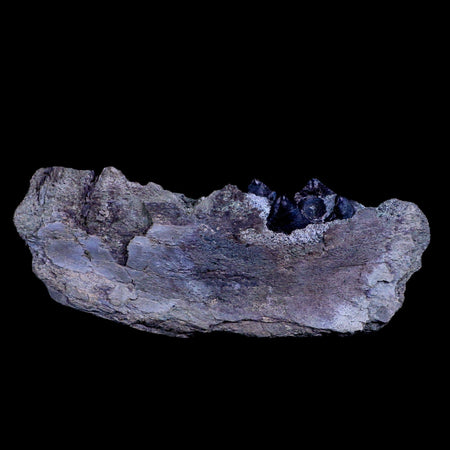Subhyracodon Fossil Collection - Fossil Age Minerals
Subhyracodon is a genus of mammal that lived during the Oligocene epoch, about 34 to 23 million years ago. It was a member of the order Condylarthra and the family Hyracodontidae. Subhyracodon was a herbivore and had a specialized dental structure for grinding tough vegetation. Its fossils have been found in North America, specifically in North Dakota.
The first fossil of Subhyracodon was discovered in North Dakota in 1870 by geologist Ferdinand Vandeveer Hayden. Since then, several other fossils have been found in the region, including teeth, jaw fragments, and cranial remains. These fossils have provided valuable information about the morphology and paleobiology of Subhyracodon.
Subhyracodon was a relatively large mammal, with an estimated body weight of around 200 kg. Its dental structure suggests that it fed on tough vegetation such as leaves and stems. The shape of its skull indicates that it had a relatively small brain and may have relied on instinctual behaviors rather than complex cognition.
The discovery of Subhyracodon fossils in North Dakota has contributed to our understanding of the evolution and diversity of mammals during the Eocene epoch. It also provides insight into the paleoenvironmental conditions of North America during this period.



